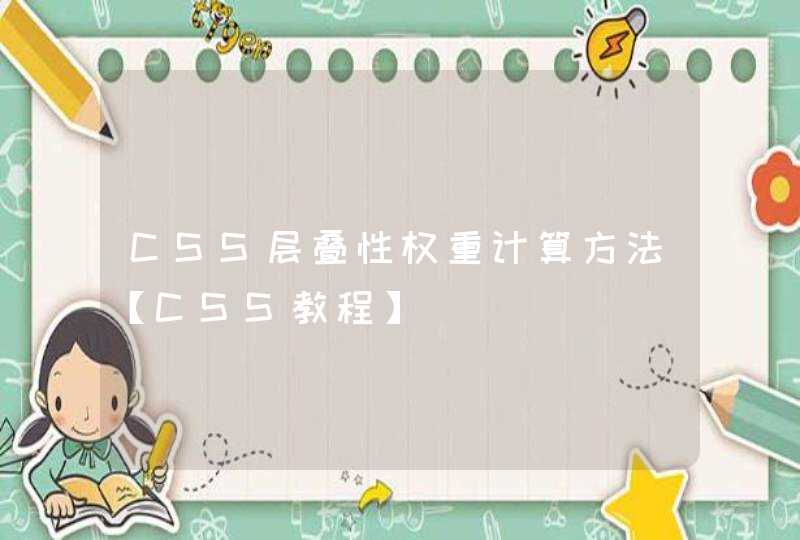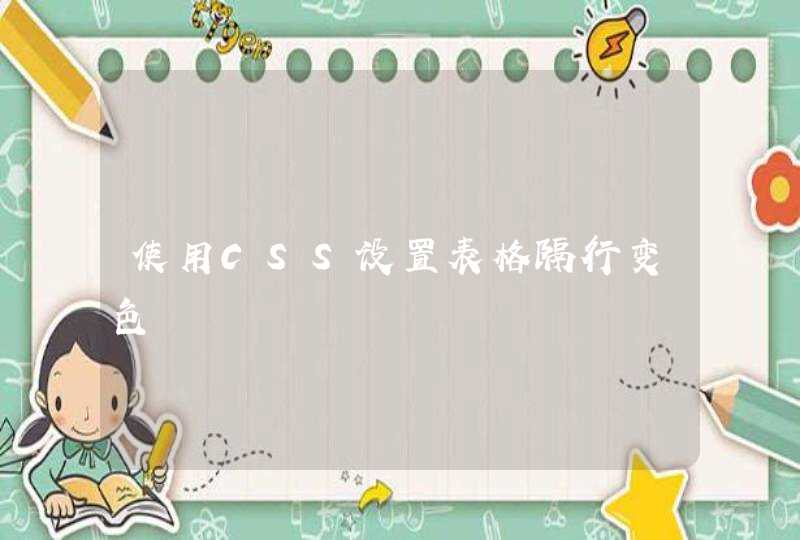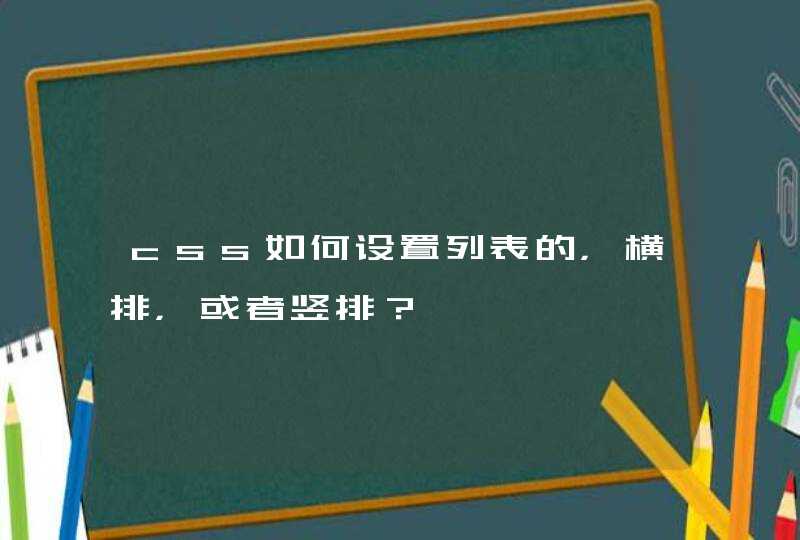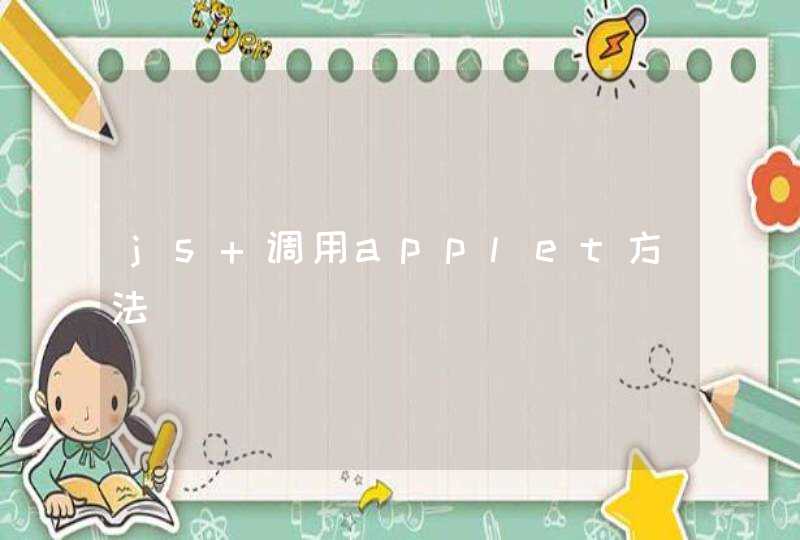
<!DOCTYPE html>
<html lang="en" xmlns="http://www.w3.org/1999/xhtml">
<head>
<meta charset="utf-8" />
<title>canvas实例--制作时钟</title>
</head>
<body>
<canvas id="canvas" width="500" height="500" >
您的浏览器版本太低啦!可以换了!
</canvas>
<script>
//获取canvas
var canvas = document.getElementById("canvas")
//设置环境
var cxt = canvas.getContext("2d")
//制作时钟的函数
function DrawClock() {
//清除画布
cxt.clearRect(0,0,500,500)
//获取当前时间的时,分,秒
var now = new Date()
var hour = now.getHours()
var min = now.getMinutes()
var sec = now.getSeconds()
//小时必须获取浮点型(小时+分数--->转化为的小时)
hour = hour + min / 60
//将24小时转换为12小时
hour = hour >12 ? hour - 12 : hour
//制作表盘
cxt.beginPath()
cxt.lineWidth = 10
cxt.strokeStyle = "#ABCDEF"
cxt.arc(250, 250, 200, 0, 360, false)
cxt.stroke()
cxt.closePath()
//刻度
//时针
for (var i = 0i <12i++) {
cxt.save()
cxt.lineWidth = 7
cxt.strokeStyle = "red"
//设置0,0点
cxt.translate(250, 250)
//再设置旋转角度
cxt.rotate(i * 30 * Math.PI / 180)
cxt.beginPath()
cxt.moveTo(0, -170)
cxt.lineTo(0, -190)
cxt.closePath()
cxt.stroke()
cxt.restore()
}
//分针
for (var i = 0i <60i++) {
//为避免不同颜色的重叠,
//在时针刻度与分针刻度重叠的位置,不画分针
if (i % 5 == 0) continue
cxt.save()
//设置刻度粗细
cxt.lineWidth = 5
cxt.strokeStyle = "purple"
//设置画布的0,0点
cxt.translate(250, 250)
//设置旋转角度
cxt.rotate(i * 6 * Math.PI / 180)
//画分针刻度
cxt.beginPath()
cxt.moveTo(0, -180)
cxt.lineTo(0, -190)
cxt.closePath()
cxt.stroke()
cxt.restore()
}
//时针
cxt.save()
//设置时针风格
cxt.lineWidth = 7
cxt.strokeStyle = "pink"
//设置异次元空间的0,0点
cxt.translate(250, 250)
//设置旋转角度
cxt.rotate(hour * 30 * Math.PI / 180)
cxt.beginPath()
cxt.moveTo(0, -140)
cxt.lineTo(0, 10)
cxt.closePath()
cxt.stroke()
cxt.restore()
//分针
cxt.save()
//设置分针风格
cxt.lineWidth = 5
cxt.strokeStyle = "orange"
//设置异次元空间的0,0点
cxt.translate(250, 250)
//设置旋转角度
cxt.rotate(min * 6 * Math.PI / 180)
cxt.beginPath()
cxt.moveTo(0, -160)
cxt.lineTo(0, 15)
cxt.closePath()
cxt.stroke()
cxt.restore()
//秒针
cxt.save()
//风格
cxt.strokeStyle = "yellow"
cxt.lineWidth = 3
//重置0,0点
cxt.translate(250, 250)
//设置旋转角度
cxt.rotate(sec*6*Math.PI/180)
//画图
cxt.beginPath()
cxt.moveTo(0, -170)
cxt.lineTo(0, 20)
cxt.stroke()
//画出时针,分针,秒针的交叉点
cxt.beginPath()
cxt.arc(0, 0, 5, 0, 360, false)
cxt.closePath()
//设置填充样式
cxt.fillStyle = "blue"
cxt.fill()
//设置笔触样式--->秒针已设置
cxt.stroke()
//设置秒针前端的小圆点
cxt.beginPath()
cxt.arc(0, -150, 5, 0, 360, false)
cxt.closePath()
//设置填充样式
cxt.fillStyle = "blue"
cxt.fill()
//设置笔触样式
cxt.stroke()
cxt.closePath()
cxt.restore()
}
//调用函数
DrawClock()
//设置时钟转动起来
setInterval(DrawClock, 1000)
</script>
</body>
</html>
这个时钟不需要很多HTML,这是因为它很大的一部分,像工作日的名称和数字都是动态生成的。 下面是你需要在你页面上使用时钟时要有的标签:index.html
<div id="clock" class="light">
<div class="display">
<div class="weekdays"></div>
<div class="ampm"></div>
<div class="alarm"></div>
<div class="digits"></div>
</div>
</div>
主元素为#clock的div,包含.display的div,用于容纳平日列表、AM/PM标记、闹铃和时间。 下面代码为每个数字生成一个标签:
<div class="zero">
<span class="d1"></span>
<span class="d2"></span>
<span class="d3"></span>
<span class="d4"></span>
<span class="d5"></span>
<span class="d6"></span>
<span class="d7"></span>
</div>
.digits元素包含6个像这样带span的div,每个div为时钟的一个数字。就像你在上面片段中所见到的一样,这些div拥有一个从0到9的样式名称,并且包含7个带独立样式的span元素,这些span是数字的一部分,像老的数字时钟一样:
数字说明
它们完全用CSS样式渲染且默认设置为 opacity:0 。定义在它们父div上的样式将决定它们的可见性。下面是数字“0”的CSS:
assets/css/styles.css
/* 0 */
#clock .digits div.zero .d1,
#clock .digits div.zero .d3,
#clock .digits div.zero .d4,
#clock .digits div.zero .d5,
#clock .digits div.zero .d6,
#clock .digits div.zero .d7{
opacity:1
}
除了中间一个,所有的片断都是可见的,我已经向所有的这些span添加了CSS3转换属性,当在数字之间切换时出现渐变效果。
样式表里有很多其他CSS,我不再这列举。我相信最好的方式去学习CSS如何工作就是在Firebug、Chrome的审查器或你浏览器里的开发者工具里即时审查demo的代码。
黑色主题
jQuery 代码
要想要时钟工作,我们将使用jQuery生成每个数字的标签,并且设置一个定时器每秒钟更新一次样式,为了更简单,我们使用moment.js 库(快速开始) 来补偿JavaScript原生日期和时间方法的缺陷。
assets/js/script.js
$(function(){
// Cache some selectors
var clock = $('#clock'),
alarm = clock.find('.alarm'),
ampm = clock.find('.ampm')
// Map digits to their names (this will be an array)
var digit_to_name = 'zero one two three four five six seven eight nine'.split(' ')
// This object will hold the digit elements
var digits = {}
// Positions for the hours, minutes, and seconds
var positions = [
'h1', 'h2', ':', 'm1', 'm2', ':', 's1', 's2'
]
// Generate the digits with the needed markup,
// and add them to the clock
var digit_holder = clock.find('.digits')
$.each(positions, function(){
if(this == ':'){
digit_holder.append('<div class="dots">')
}
else{
var pos = $('<div>')
for(var i=1i<8i++){
pos.append('<span class="d' + i + '">')
}
// Set the digits as key:value pairs in the digits object
digits[this] = pos
// Add the digit elements to the page
digit_holder.append(pos)
}
})
// Add the weekday names
var weekday_names = 'MON TUE WED THU FRI SAT SUN'.split(' '),
weekday_holder = clock.find('.weekdays')
$.each(weekday_names, function(){
weekday_holder.append('<span>' + this + '</span>')
})
var weekdays = clock.find('.weekdays span')
// Run a timer every second and update the clock
(function update_time(){
// Use moment.js to output the current time as a string
// hh is for the hours in 12-hour format,
// mm - minutes, ss-seconds (all with leading zeroes),
// d is for day of week and A is for AM/PM
var now = moment().format("hhmmssdA")
digits.h1.attr('class', digit_to_name[now[0]])
digits.h2.attr('class', digit_to_name[now[1]])
digits.m1.attr('class', digit_to_name[now[2]])
digits.m2.attr('class', digit_to_name[now[3]])
digits.s1.attr('class', digit_to_name[now[4]])
digits.s2.attr('class', digit_to_name[now[5]])
// The library returns Sunday as the first day of the week.
// Stupid, I know. Lets shift all the days one position down,
// and make Sunday last
var dow = now[6]
dow--
// Sunday!
if(dow <0){
// Make it last
dow = 6
}
// Mark the active day of the week
weekdays.removeClass('active').eq(dow).addClass('active')
// Set the am/pm text:
ampm.text(now[7]+now[8])
// Schedule this function to be run again in 1 sec
setTimeout(update_time, 1000)
})()
// Switch the theme
$('a.button').click(function(){
clock.toggleClass('light dark')
})
})



































































